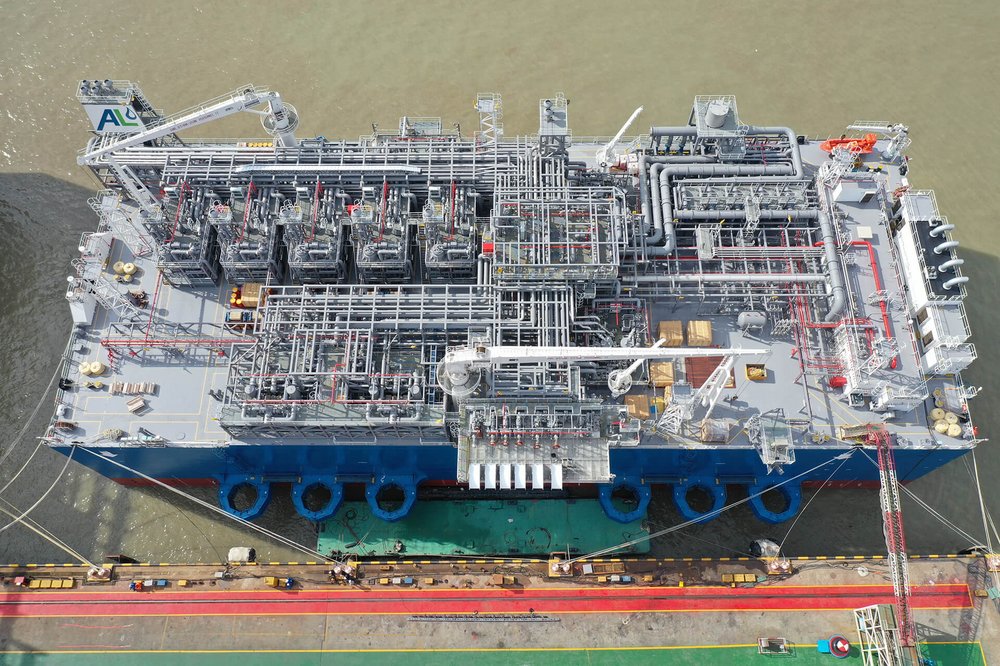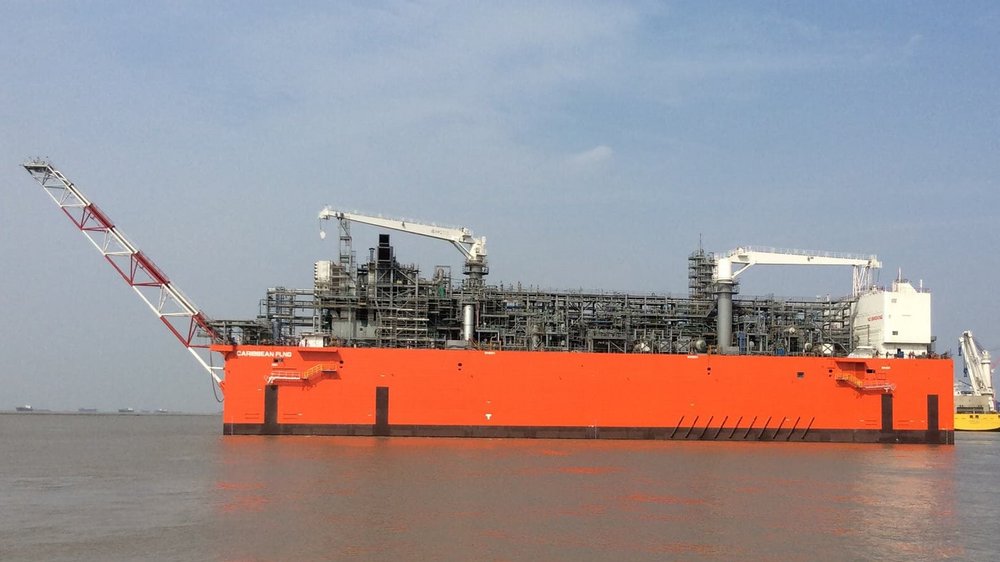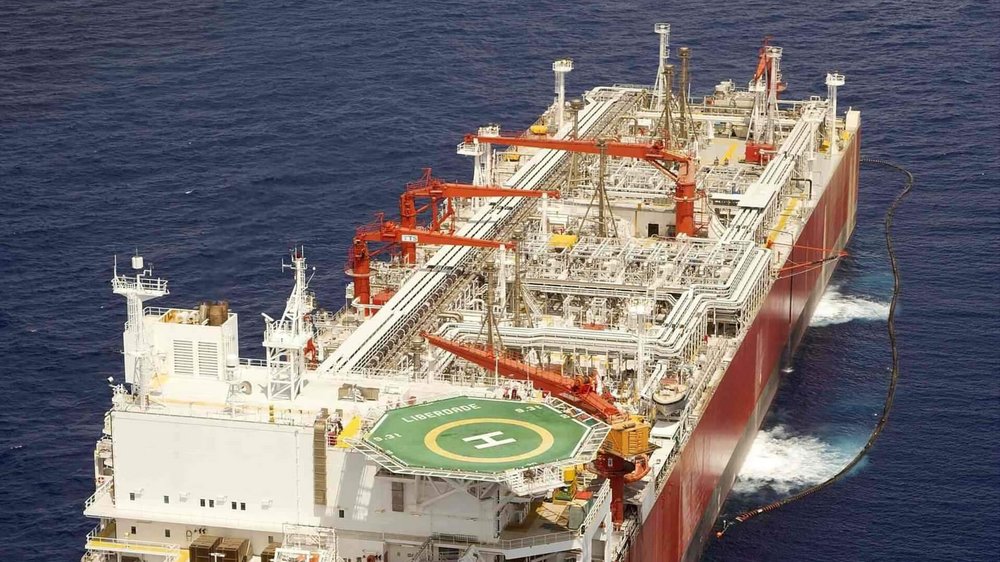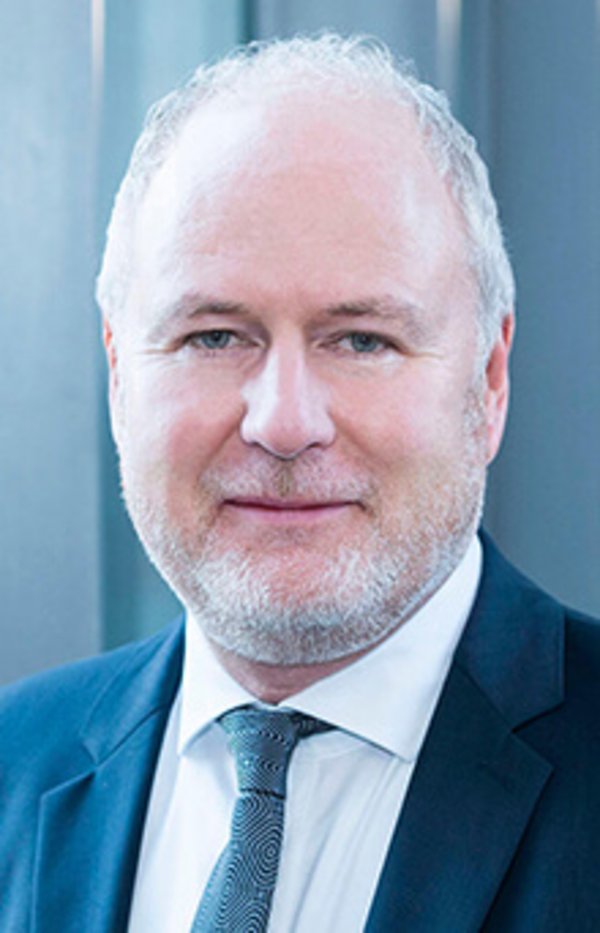Floating Units
Small- and midscale LNG / LPG
Applications and regasification plants, including import terminals and gas storage solutions
Applications and regasification plants, including import terminals and gas storage solutions

The world's largest cylindrical type C tanks have a volume of 14,000 m³ each

Complete gas handling system for loading and unloading, cargo tanks and process liquefaction package; contracted to Black&Veatch by Wison


TGE Marine is a market-leading provider of engineering services for the design and supply of gas carriers, fuel gas systems and offshore units.